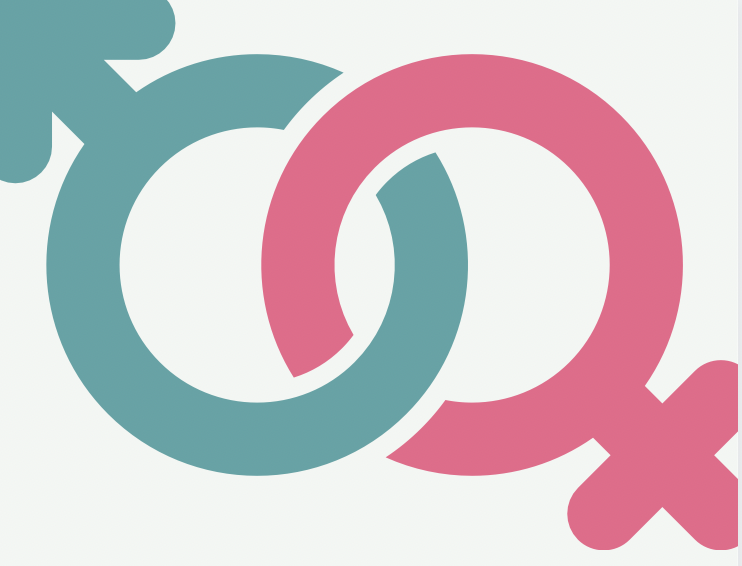Gender equality in the workplace is a global challenge, and Turkey is no exception. While significant progress has been made in recent years, gender disparities persist in various aspects of work life, from employment rates to wage gaps and leadership positions.

This article delves into the state of gender equality in the Turkish workforce, highlighting the progress achieved and the challenges that lie ahead.
Historical Context of Gender Equality in Turkey
Turkey’s journey toward gender equality in the workplace has been marked by both progress and persistent disparities. Historically, the country has seen significant strides in women’s rights and participation in various sectors of society, especially since the founding of the Turkish Republic in 1923. Legislation enacted in the early 20th century granted women the right to vote and hold public office, setting the stage for increased female participation in the workforce.
Despite these achievements, gender-based discrimination and inequality still exist in many aspects of Turkish society, including the workplace. Traditional gender roles, social expectations, and stereotypes continue to influence labor market dynamics.
Current Status
As of my last knowledge update in September 2021, gender equality in the Turkish workplace remained an ongoing challenge. Some key aspects of the current status include:
While women’s labor force participation has increased over the years, it still lags behind that of men. In 2020, the female labor force participation rate was around 31%, compared to approximately 71% for men. This gap is attributed to various factors, including family responsibilities, limited access to education and training, and societal expectations.
A significant gender wage gap persists in Turkey. On average, women earn considerably less than men for similar work. Factors contributing to this wage gap include occupational segregation, limited access to higher-paying positions, and the undervaluing of traditionally female-dominated sectors.
Turkish women are often concentrated in certain industries and sectors, such as education, healthcare, and textiles, while being underrepresented in fields like technology, engineering, and management. This occupational segregation contributes to wage disparities and limits women’s career advancement.
Women remain underrepresented in leadership and decision-making positions in both the public and private sectors. Breaking through the glass ceiling remains a challenge for many women in Turkey.
Balancing work and family life can be particularly challenging for Turkish women due to societal expectations and limited access to affordable childcare and flexible work arrangements.
Progress and Initiatives
Despite these challenges, Turkey has made progress in promoting gender equality in the workplace. Several initiatives and policies have been implemented to address gender disparities:
Legal Framework: Turkey has enacted various laws and regulations aimed at promoting gender equality in the workplace. The Turkish Labor Law, for example, prohibits gender-based discrimination and harassment at work.
Education and Training: Efforts have been made to improve access to education and training for women, enabling them to pursue diverse career opportunities.
Awareness Campaigns: Civil society organizations and government initiatives have raised awareness about gender equality issues and promoted women’s participation in the labor force.
Quota Systems: Some organizations have implemented gender quota systems, aiming to increase the representation of women in decision-making roles.
Parental Leave: Turkey has expanded parental leave options, allowing both mothers and fathers to take advantage of paid leave to balance work and family responsibilities.
Challenges Ahead
While progress has been made, numerous challenges remain on the path to achieving gender equality in the Turkish workplace:
Cultural and Social Norms: Traditional gender roles and societal expectations continue to influence women’s career choices and work-life balance decisions. Challenging these norms is a complex task.
Childcare Services: Access to affordable and high-quality childcare services is limited in Turkey. Improving this infrastructure can help women better balance work and family life.
Wage Gap: Addressing the gender wage gap requires comprehensive measures, including promoting pay transparency, tackling occupational segregation, and enforcing anti-discrimination laws.
Leadership Representation: Encouraging more women to pursue leadership roles requires proactive efforts, such as mentorship programs and support for career advancement.
Education and Training: Expanding access to education and training, particularly in fields where women are underrepresented, is vital for increasing their participation in various sectors of the economy.
Conclusion
Gender equality in the Turkish workplace is a multifaceted challenge that requires a collaborative effort from all sectors of society. While progress has been made in recent years, significant disparities still exist in labor force participation, wages, and leadership representation. Achieving gender equality in the workplace in Turkey will require ongoing commitment to policy reforms, changes in societal attitudes, and improved access to education and support systems for women.
Efforts to promote gender equality in the workplace benefit not only women but also society as a whole by tapping into the full potential of the workforce. It is imperative that Turkey continues to push forward in its pursuit of a more equitable and inclusive labor market where everyone has the opportunity to thrive and contribute to the nation’s development.








Comments are closed